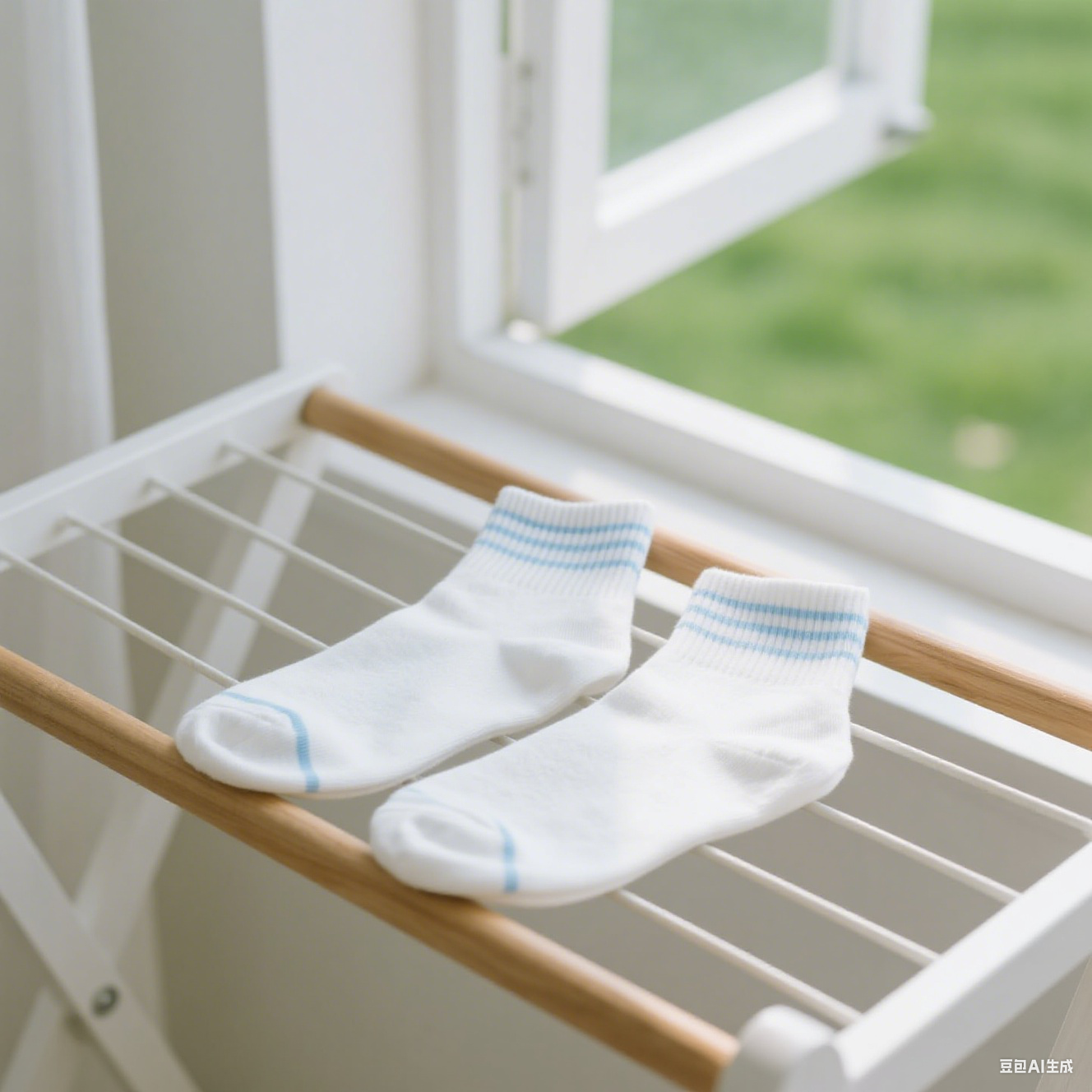Navigating customs regulations can be daunting, especially when determining the correct HS code for products like socks. If you’re an importer seeking clarity on classification, tariffs, and compliance, this guide breaks down everything you need to know about HS Code 6115999000 for socks—from detailed classification to critical tariff insights and practical tips.
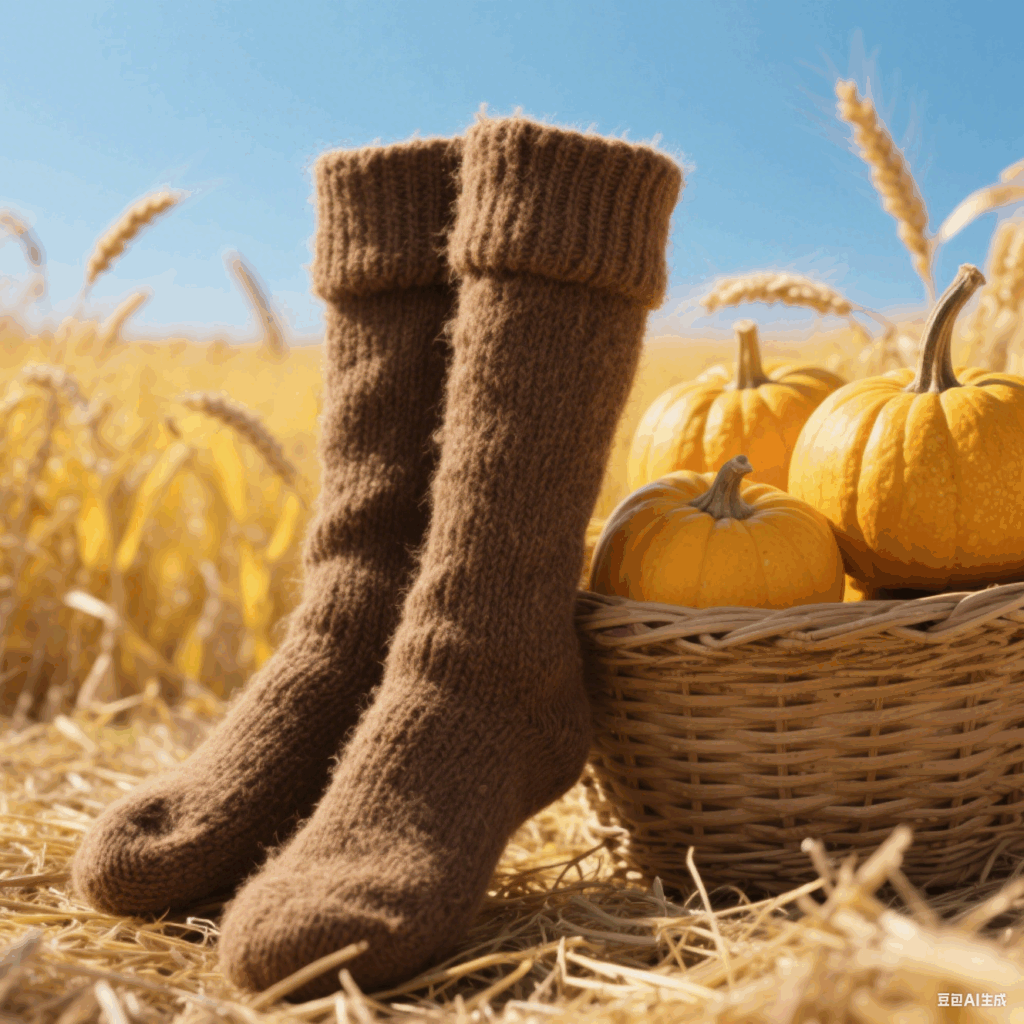
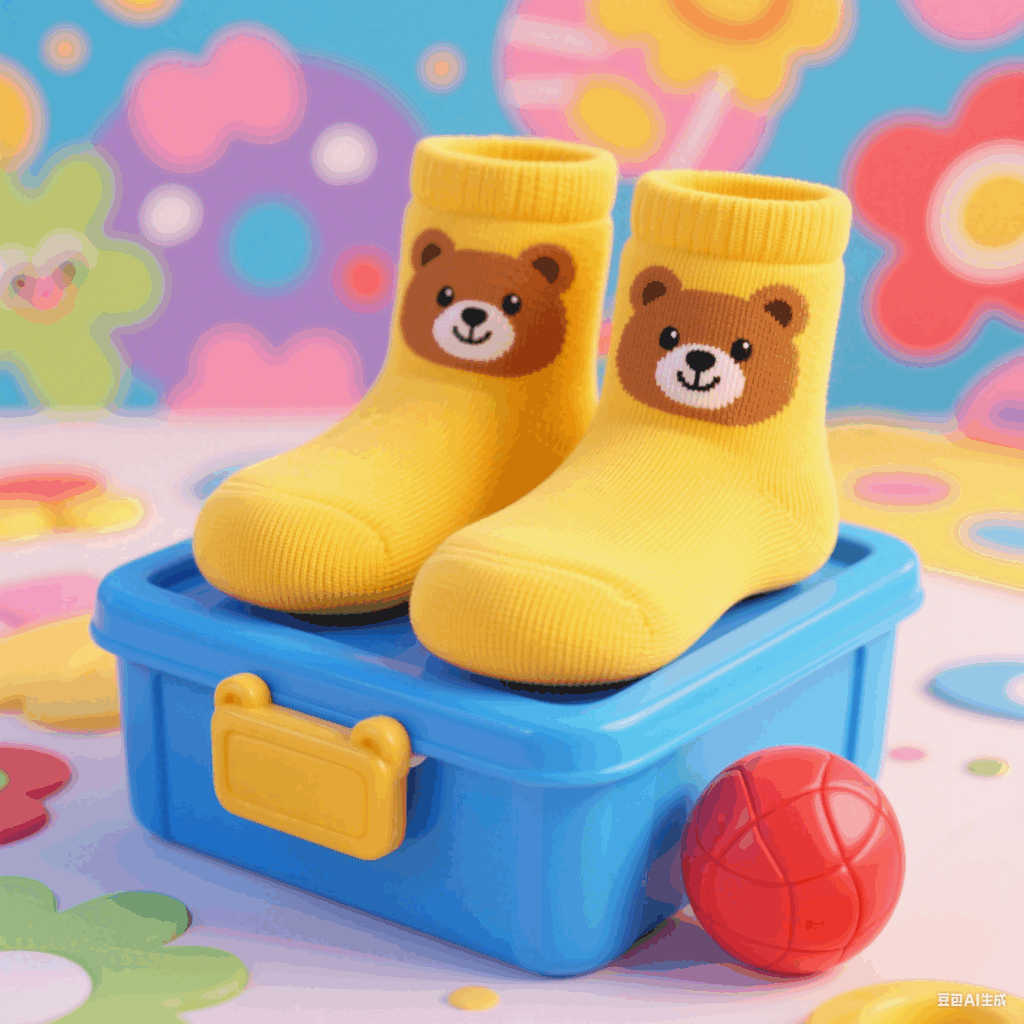
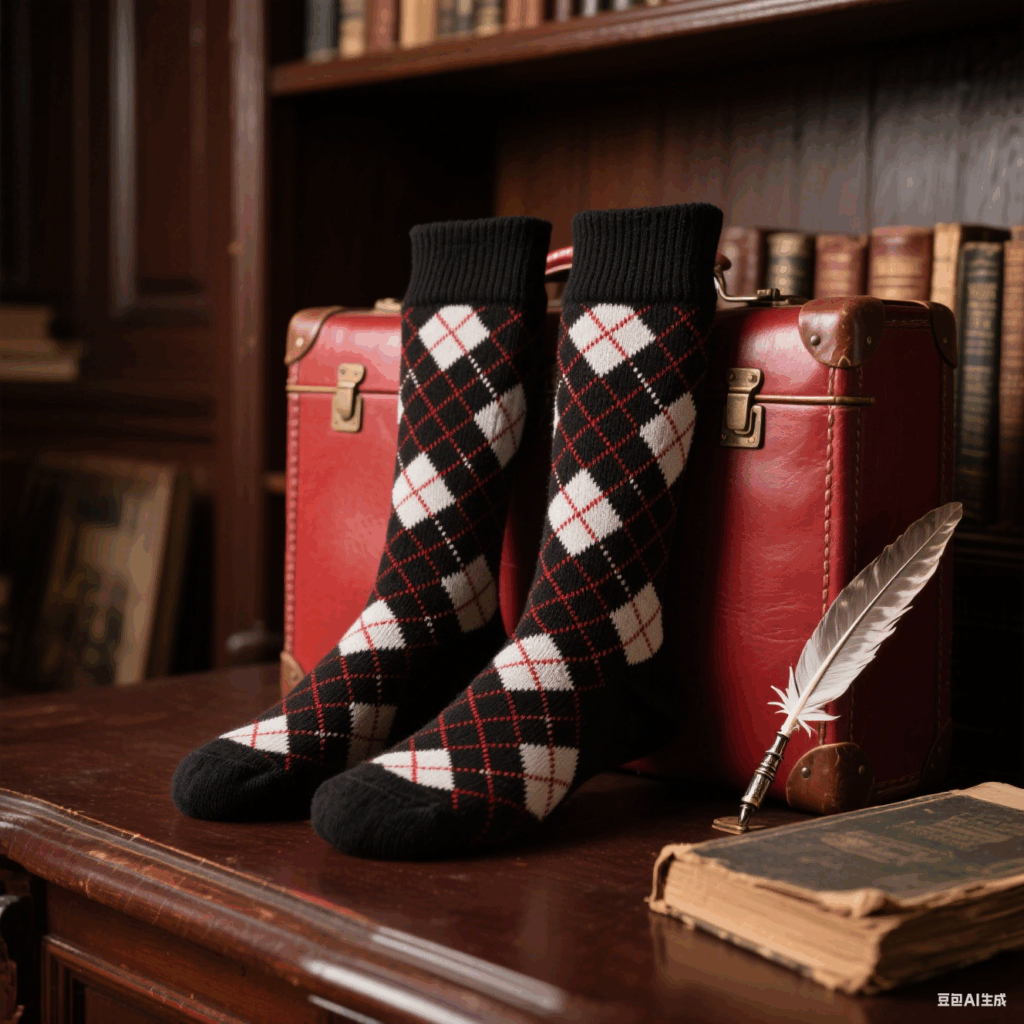
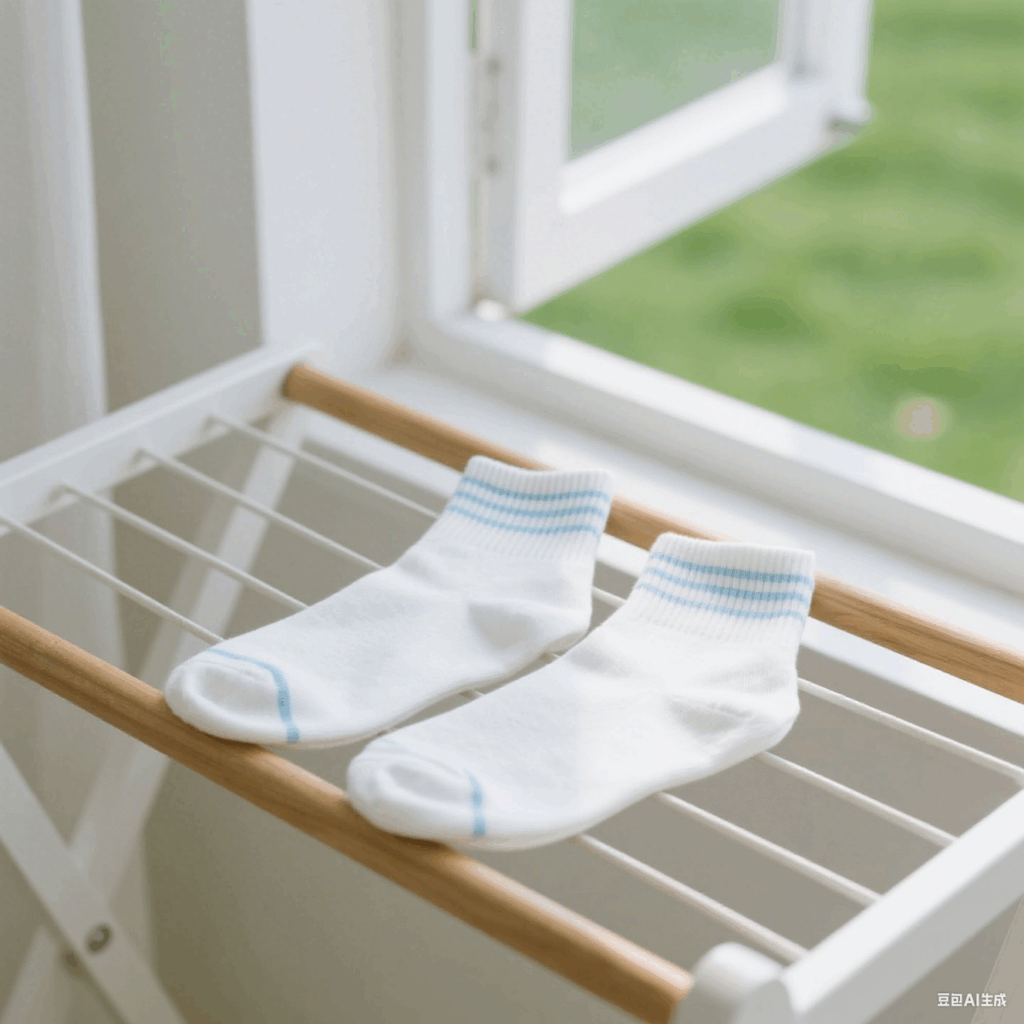


Unpacking HS Code 6115999000: The Hierarchy of Classification
Understanding how socks fit into the Harmonized System is essential for seamless customs clearance. Here’s a step-by-step breakdown of HS Code 6115999000:
The Code Structure
- 61: Chapter heading for “Articles of apparel and clothing accessories, knitted or crocheted.” This broad category covers all knitted/crocheted clothing items.
- 6115: Specific heading for “Panty hose, tights, stockings, socks and other hosiery,” narrowing the focus to legwear.
- 6115.99: Subheading designating “Other” hosiery, excluding more specific classifications like graduated compression hosiery.
- 6115.99.90.00: The final code, specifying “Other” hosiery made from “other textile materials” (not wool, cotton, silk, or common synthetics like nylon/polyester).
Product Description Clarified
Socks classified under 6115999000 must meet these criteria:
- Knitted or crocheted (not woven).
- Not specialized medical compression hosiery (e.g., varicose vein stockings).
- Made from textile materials other than wool, cotton, silk, nylon, or polyester.
- Example: Socks made from blends like bamboo, linen, or acrylic (if not primarily synthetic) may fall here.
Tariff Landscape: Current Rates and 2025 Changes
For socks imported from China to the U.S. under HS Code 6115999000:
- Basic Tariff: 9.9% (base import duty).
- Current Additional Tariff: 7.5% (total effective rate: 17.4%).
- Critical 2025 Update: The additional tariff will surge to 30% after April 2025, pushing the total tax rate to 47.4%.
Pro Tip: Importers should revise 2025 budget models to account for the 22.5% tariff increase and consider pre-importing inventory before the rate change.
5 Essential Tips for Accurate Classification & Compliance
- Material Composition Is Non-Negotiable
- Misdeclaring materials is a common pitfall. If socks contain >50% wool, cotton, silk, or synthetic fibers (e.g., nylon), they may require a different HS code (e.g., 6115110000 for cotton socks).
- Action: Provide a detailed material breakdown (e.g., “80% bamboo, 20% spandex”) to your customs broker.
- Beware of Specialized Designs
- Compression socks, anti-slip socks, or those with medical claims must be classified separately. Always check if your product meets the definition of “graduated compression hosiery.”
- Document Pricing & Origin
- The declared unit price affects tax calculations—ensure it matches transaction records.
- Understand rules of origin (e.g., was the yarn spun in China, or the socks assembled elsewhere?) to qualify for preferential tariffs.
- Certifications & Documentation
- Depending on the destination, you may need:
- Certificate of Origin (CO) for free trade agreements (e.g., USMCA).
- Textile production chain documentation for quota compliance.
- Depending on the destination, you may need:
- Partner with a Customs Expert
- Given the complexity of textile HS codes and tariff shifts, hiring a licensed customs broker is highly recommended. They can:
- Validate code classification.
- Navigate documentation requirements.
- Advocate for duty mitigation strategies.
- Given the complexity of textile HS codes and tariff shifts, hiring a licensed customs broker is highly recommended. They can:
FAQs: Common Socks Classification Questions
- Q: How do blends affect HS code classification?
A: The dominant material determines the code. If socks are 51% cotton and 49% polyester, they’d likely fall under a cotton-specific code (not 6115999000). - Q: Can children’s socks use the same code?
A: Yes, as long as they meet the material and design criteria of 6115999000. Age doesn’t affect classification unless combined with specialized features. - Q: What if my socks have applied soles (e.g., grippers)?
A: Socks with applied soles fall under different headings (e.g., 6405 for footwear). 6115999000 excludes products with soles attached.
Prepare for 2025 Tariff Shifts Now
With the additional tariff set to jump to 30% post-April 2025, time is of the essence. Importers should:
- Conduct a product reclassification audit to ensure code accuracy.
- Model cost impacts of the 47.4% total tariff on pricing and profit margins.
- Explore tariff engineering strategies (e.g., material substitutions or production relocations) to qualify for lower-rate codes.
Ready to dive deeper into your specific sock product? Visit our HS code lookup tool for real-time tariff data and classification support. Stay ahead of customs complexities and secure your supply chain with proactive planning!
Key Takeaway: Precision in HS code classification today saves significant costs tomorrow. Know your materials, know your code, and thrive in global trade.
